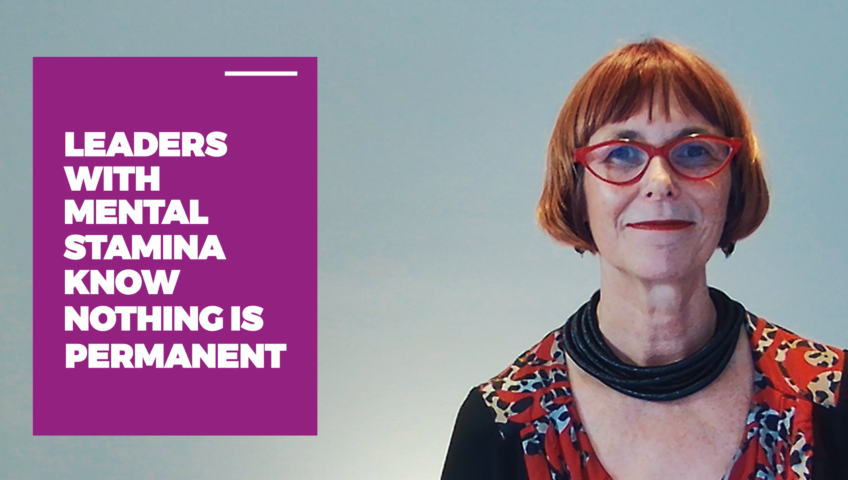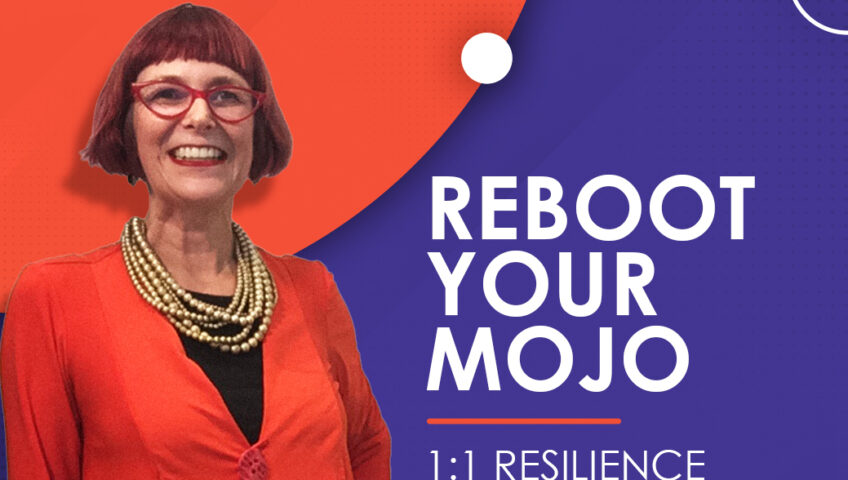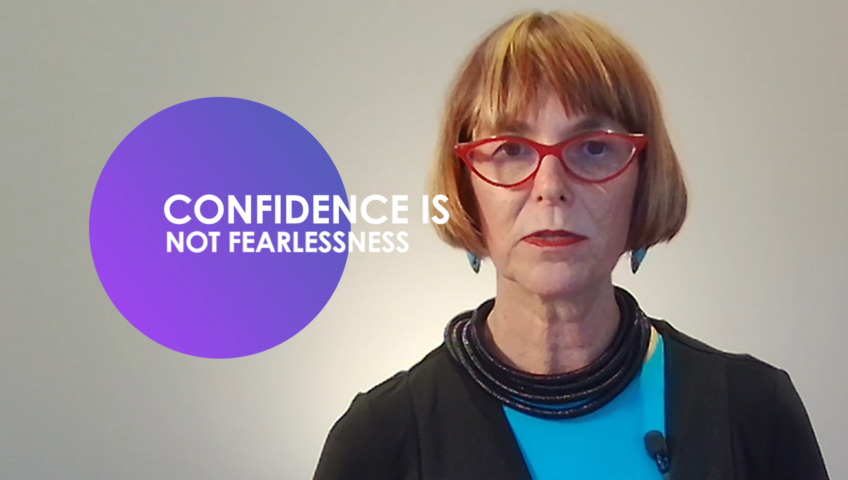Becoming a successful leader requires resiliency. Leaders need to be able to adapt to change and move on from setbacks. So, what does it take to boost resilience? Research has pinpointed one thing the most resilient people have in common. Adopting this one habit could significantly increase your mental stamina.
Resiliency is defined as your ability to deal with challenges. Highly resilient individuals can adapt to challenges quickly. New research has found that a lack of resilience increases your risk of burnout. At the opposite end of the spectrum, highly resilient people are much less likely to experience fatigue.
A recent study found that super-resilient people are six times more likely to have an internal locus of control. Your locus of control is your feeling of control over events that influence your life. If you tend to deal with difficult situations with ease, you likely have a strong locus of control.
People who lack this control are less likely to be able to help themselves during challenging times. Based on the latest research, there are several specific steps you can take to become more resilient. First, you need to increase your self-efficacy. This is your confidence in your ability to handle challenges. Believing that you can overcome obstacles gives you more control.
You may also need to change the way you look at challenges. Changing your perspective of negative situations can help make them less threatening. This may involve a cognitive appraisal. A cognitive appraisal involves appraising your thoughts on a specific challenge.
[convertkit form=3449731]
Your physical health is also important for maintaining resilience. Proper nutrition, sleep, and exercise helps support a healthy brain. One study found that people with adequate sleep are 4.2 times more likely to be highly resilient. Becoming an effective leader requires resiliency. A resilient mind believes it has control over outcomes. This requires confidence in your abilities. If you lack self-confidence, you may struggle to cope with change or stressful events. Certain areas of positive psychology, such as NLP, offer a solution. As a high-achieving professional, you may benefit from meta-modelling, cognitive reframing, and other NLP techniques.
Meta-modelling helps identify generalisations and distortions that limit your resiliency. For example, you may use generalisations to doubt your abilities. Identifying these negative thoughts allows you to acknowledge and challenge them. You can counter your own arguments to prove yourself wrong.
Cognitive reframing is also useful for becoming more resilient. It involves reframing a thought or behaviour. If you frequently doubt yourself, try to see things from an outside perspective. Reframing the thought or behaviour can help you see things more honestly. You’ll often find that our fears and anxieties were unfounded.
You can’t control everything, but you can control your actions and thoughts. Developing a stronger internal locus of control can boost your mental stamina. If you want to explore NLP methods for increased resiliency, I’m ready to help. View my one-to-one coaching services and online courses at https://thinklearnsucceed.com.au








